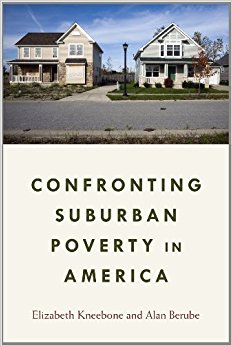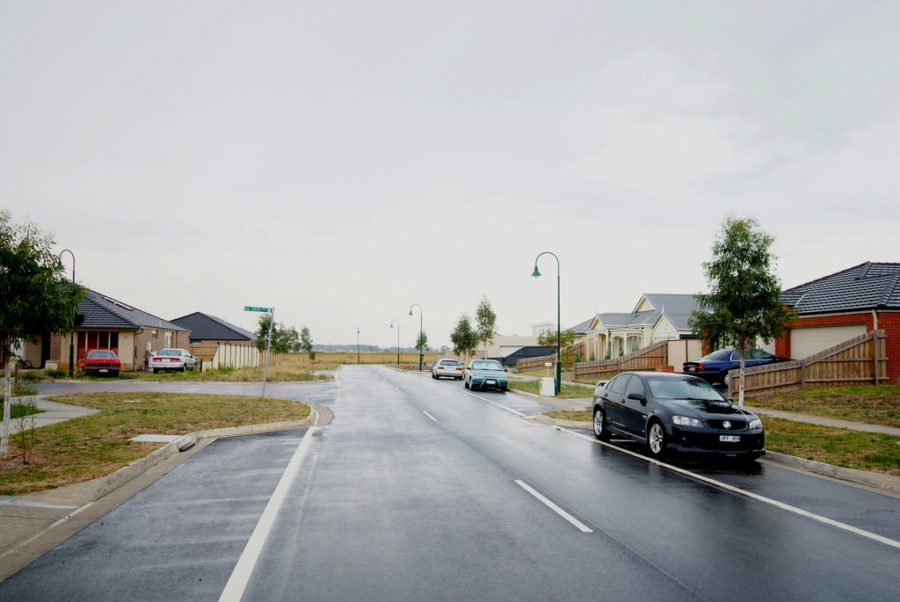The Pacific Northwest is an expensive place to be poor.
“The Pacific Northwest is an expensive place to be poor,” says Scott Bernstein, who has spent much of the last three years studying trends and solutions to poverty in North America.
And in many ways the region’s suburbs are even more costly for people of lesser means, notes Bernstein, founder of the Center for Neighborhood Technology and lead author of the organization’s Urban Opportunity Agenda. That is despite the lower rents that draw low-wage households to working class suburbs from the cities of Portland, Seattle, and Vancouver, BC, and their rapidly rising rents.
In many suburbs, transit is sparse or non-existent, so car ownership is all but mandatory to reach the scattered jobs. And cars are costly. “People end up holding onto older cars and paying for repairs, or paying more to get a newer car,” Bernstein says. “Portland and Seattle are leaders in expanding transit, but most of that is in the core and some inner suburbs.” Services like home weatherization programs and job training, present in central cities, are often missing in suburban locales.
 Nevertheless, these days more poor people are living in suburbs than the “inner city.” In Seattle, for example, the poverty rate at the last census was 13.5 percent—higher than in suburban King County at 11.2 percent—but the number of persons in poverty in Seattle, at 85,764, was lower than in suburban King County’s 140,440.
Nevertheless, these days more poor people are living in suburbs than the “inner city.” In Seattle, for example, the poverty rate at the last census was 13.5 percent—higher than in suburban King County at 11.2 percent—but the number of persons in poverty in Seattle, at 85,764, was lower than in suburban King County’s 140,440.
Consider the city of Tukwila, just south of Seattle. In 2016, even as the US Census Bureau found the national poverty rate trending downward, the poverty rate in Tukwila nearly doubled, to 24 percent.
A 2014 examination of poverty trends in metro Portland found “the suburban poor population is growing at a much faster rate than that in central cities,” with the poverty rate growing faster than population in every suburban municipality but one. In Vancouver, BC, the numbers of poor are rising fastest in southeast Vancouver and the suburbs of north Richmond, Burnaby, Surrey and Coquitlam.
Cascadia is not alone, of course. Across the continent, more people now live below the poverty line in suburbs than in the nation’s big cities, as Elizabeth Kneebone and Alan Berube document in their 2014 book Confronting Suburban Poverty in America.
Kneebone and Bernstein will be in Seattle on May 2 for a public discussion of the issue. It’s free, at Benaroya Hall, and the event kicks off the Congress for the New Urbanism conference May 3-6.
During the session, “Combating the suburbanization of poverty,” local leaders from King County and Tukwila will share how they see impacts and trends as national experts focus on policy strategies to broaden housing and transportation options, increase economic opportunities and expand services for low-income residents and communities of color.
COMBATING THE SUBURBANIZATION OF POVERTY
Sponsored by King County Green Tools, the Congress for the New Urbanism, and the Bullitt Foundation
Tuesday, May 2, 2017 from 6:00 – 8:00 PM at Benaroya Hall
Presenters:
- Dow Constantine, King County Executive
- Chenoa Egawa, Ceremonial Leader and Activist (Coast Salish of the Lummi and S’Kallam Nations of Washington State)
- Rebecca Saldaña, Washington State Senator
- Elizabeth Kneebone, Fellow, Brookings Institution
- Scott Bernstein, Founder, Center for Neighborhood Technology
- Charles Ellison, Correspondent, Politico
- Kim Powe, Climate Justice Director and Acting Deputy Director, Puget Sound Sage
- De’Sean Quinn, Councilmember, City of Tukwila
- Gene Duvernoy, Founder, Forterra
[list_signup_button button_text=”Like what you|apos;re reading? Get our latest housing research right to your inbox.” form_title=”Housing Shortage Solutions” selected_lists='{“Housing Shortage Solutions”:”Housing Shortage Solutions”}’ align=”center”]
Guest author: David Goldberg has written about transportation and urban planning for more than 20 years—for newspapers, magazines and two national organizations, Transportation for American and Smart Growth America, where he coined the term “complete streets.”


Comments are closed.